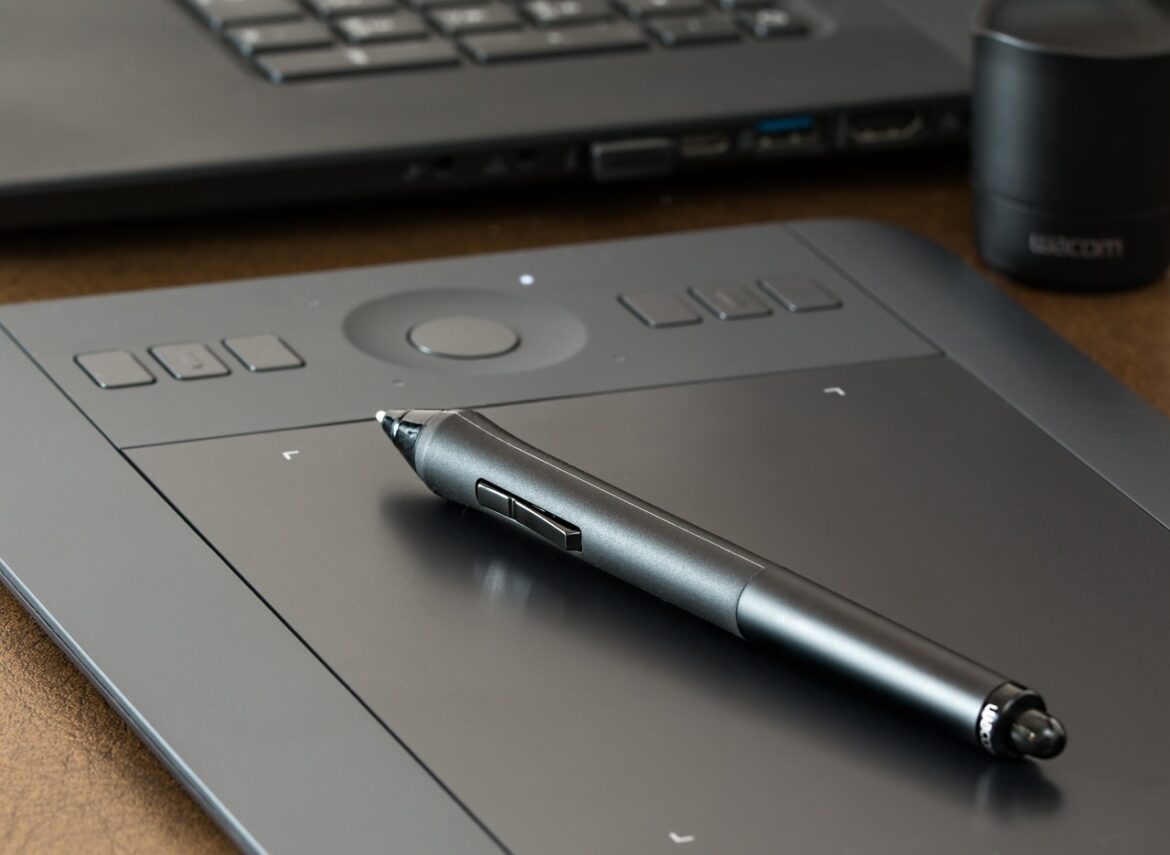Fashion workflows are undergoing a massive makeover in 2025, and it’s all about speed, creativity, and sustainability. Think of it as fashion’s new engine room—where AI, 3D tech, and smart manufacturing are turning ideas into runway-ready looks faster than ever.
AI-Powered Design Studios: Creativity Meets Speed
Imagine feeding your mood board directly into AI that instantly generates designs aligned with market trends. Platforms like T-Fashion are leading the charge, enabling designers to transform trend data into collection-ready concepts with simple language commands like “Add leather trim” or “Make asymmetric hemline.” This isn’t sci-fi—it’s happening now, helping teams collaborate in real-time with seamless version control and market viability scoring.
3D Volumetric Capture: The Future of Digital Fashion
The London College of Fashion’s Innovation Agency has unveiled a cutting-edge 3D volumetric capture service that records full-body, high-res movements of models to create dynamic digital doubles. This tech allows brands to drape virtual garments with lifelike physics, which means fashion storytelling through digital campaigns or virtual try-ons just got a huge boost. It’s like a digital runway where clothes move naturally, opening new doors for designers and gamers alike.
Smart Manufacturing: Sustainable, Efficient, Custom
The printed fashion industry is also rewiring its workflow with smart manufacturing technologies. By adopting digital printing techniques like Direct-to-Film and Roll-to-Roll, companies can now produce tailored apparel on-demand, cutting waste and boosting profits. Industry experts highlight that investing in smart equipment and training is no longer optional—it’s essential for staying competitive.
Fun and Funky AI Fashion Experiments
On the lighter side, creative workflows like the “FLUX Fashion Shoot!” let users experiment by mixing fabrics from banana peels to iron and plastics, generating imaginative model images inspired by top fashion houses. This playful approach is a great way for designers and enthusiasts to tap into new ideas and push boundaries.
What This Means for Fashion Teams
At the core, these innovations simplify complex processes, letting designers focus on creative vision while AI handles tedious tasks. From instant trend-to-design pipelines, enhanced collaboration through shared digital workspaces, to immersive digital garment experiences, workflows are faster, smarter, and more interactive than ever.
Fashion’s workflow evolution isn’t just about keeping up with technology—it’s about setting new standards for creativity, sustainability, and team collaboration in the digital age.
References:
- https://tfashion.ai
- https://www.fespa.com/en/news-media/rewiring-the-printed-fashion-and-apparel-industry-through-smart-manufacturing/
- https://learnwithdexa.com/first-assignment-virtual-assistant-bootcamp/
- https://www.aibase.com/news/www.aibase.com/news/11130
- https://us.fashionnetwork.com/news/Lcf-based-fashion-innovation-agency-unveils-3d-volumetric-capture-service-for-digital-designers,1743163.html
- https://www.artswave.org/discover/jobs
- https://www.newhanfu.com/67375.html
- https://apparel.pi.tv



